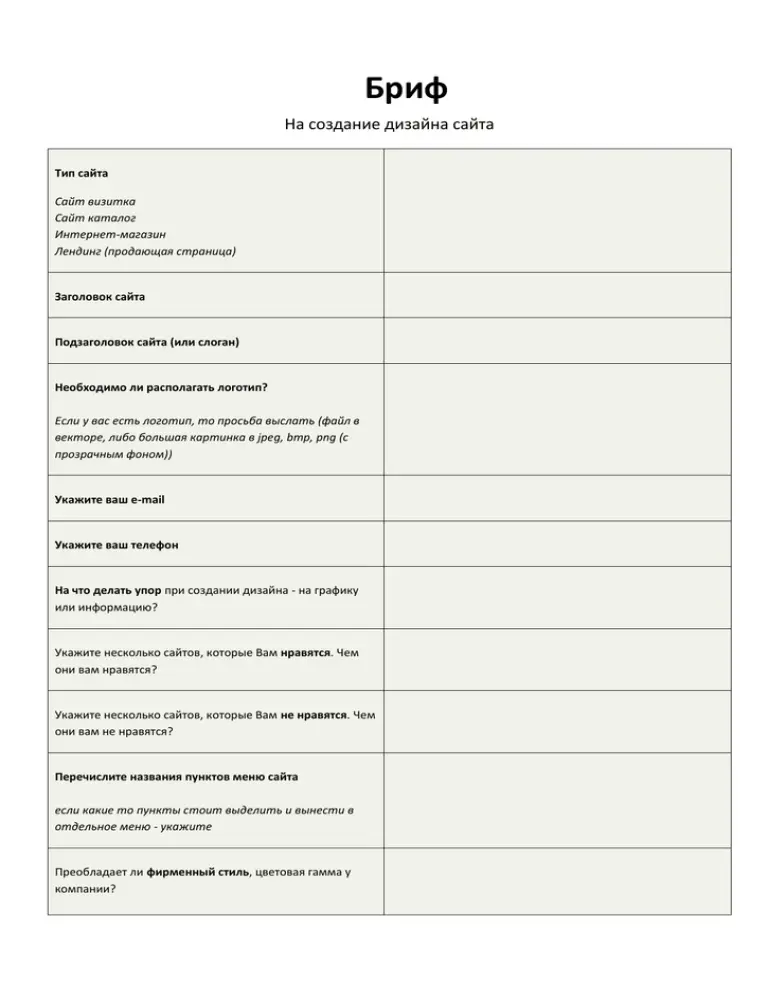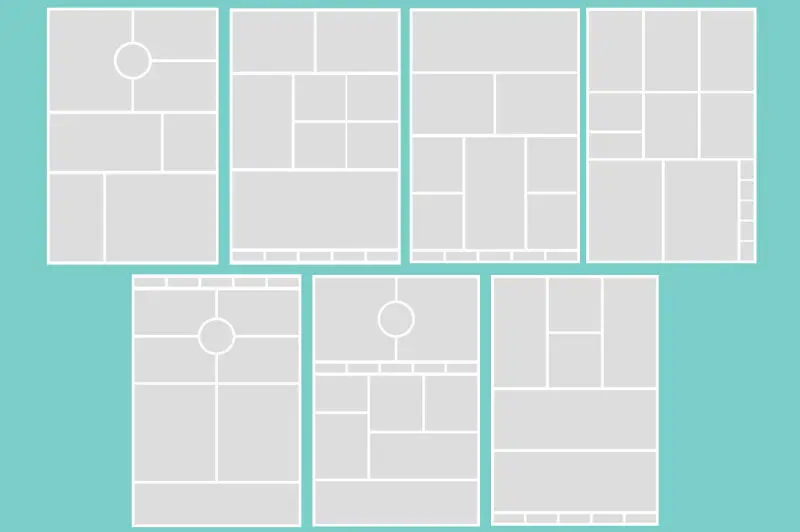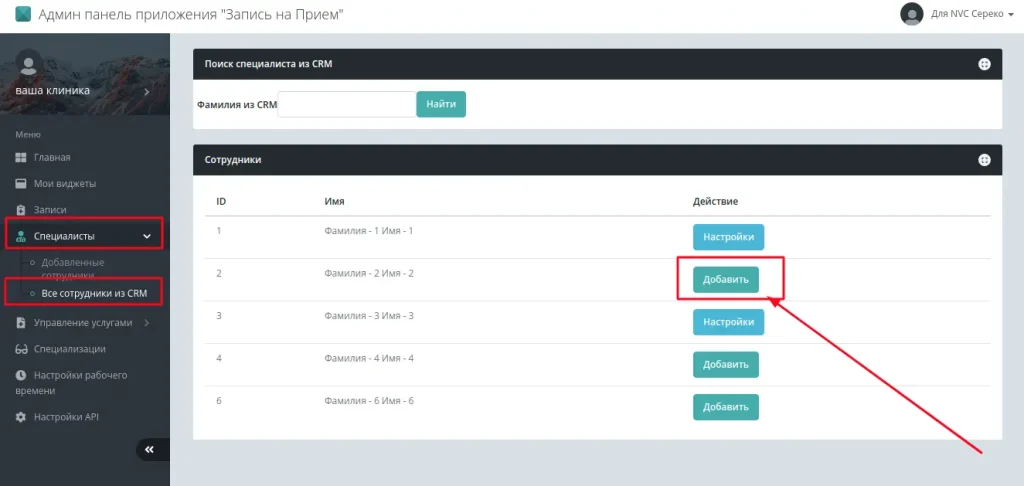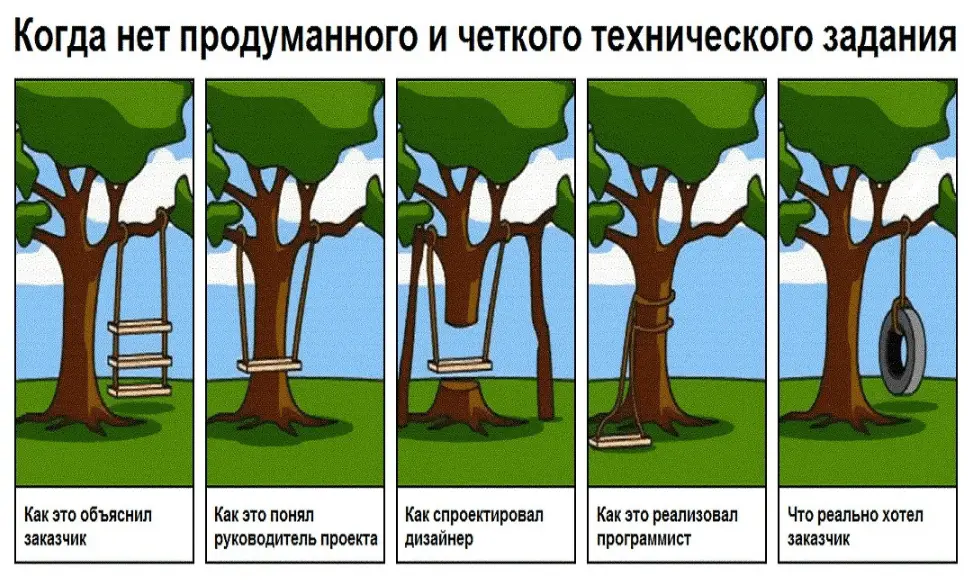Developers, designers, and others involved in website creation aren't visionaries. They can't know what a potential client wants. To ensure everything is done correctly, it's necessary to create a technical specification that clearly outlines the stages of website creation, any changes to details, the required copy, and so on. Such actions will help avoid misunderstandings between the client and the contractor, which means unnecessary expenses can be avoided. Therefore, it's important to create a technical specification before work begins.
We'll explain why technical specifications are needed, how to create them, and what benefits they bring.
What is a technical specification and why is it needed?
Technical specifications are, in a way, clear instructions on what needs to be done.
In other words, a technical specification (TS) can be defined as a document that outlines the development details. Work will be carried out according to the specifications in this document. A detailed TS will prevent deviations from the work.
In case of rejection, you will have to redo what you have done.
Who prepares the technical specifications?
The technical specifications are prepared by the contractor. This role may be played by a developer or a project manager. However, the client is not indifferent, as the specifications are created based on their wishes.
Customer's goal
The client's goal is to achieve what they want. Therefore, it's essential to discuss the stages before work begins.
The client introduces the contractor to their business, goals, and objectives. The client can also show examples of web resources they liked as a reference for further work.
The performer's goal
The contractor's goal is to complete a set of works as the customer desires.
The contractor undertakes to complete the work on time, in accordance with the contract and technical specifications.
Of course, the contractor's primary goal is to make money. Therefore, the details and deadlines for the work are discussed.
It's beneficial for both parties to understand what they're working with, the scope of work involved, and to protect themselves. For the client, this means checking the quality of the completed work, while for the contractor, it means seeing the project through to completion, given that certain types of clients may stop work mid-way.
Brief
A brief is a questionnaire in which the customer briefly describes:
- information about the company, its activities, values, and mission;
- Your competitors (strengths and weaknesses);
- Strengths and weaknesses of your organization;
- Using desired colors when developing a resource;
- References of sites that were liked are indicated.
This is just a fraction of what a brief can contain. Essentially, it's also a document of sorts. It serves as the foundation for further work. Briefs can be expanded (with in-depth information). There's no clear standard. Each contractor creates such questionnaires at their own discretion, based on experience. They facilitate further work.
After a brief overview in such a questionnaire, the contractor and client proceed to a detailed discussion. Here, the contractor receives a more detailed version of the information described.
The benefit of a brief is that it allows you to define the development concept and estimated cost at the outset. A full budget calculation always occurs after a detailed discussion of the elements, work plans, scope, and timeframe. At the initial stage, only a preliminary price for services may be available. It's important to understand this to avoid misunderstandings.

Contents of the technical specifications
Brief, which later becomes the main task. The checklist for the technical task is as follows:
- Information about the company: name, goals, missions, date of foundation, services or products, achievements, certificates (if any);
- Target audience: gender, region of residence, age, interests, marital status, income;
- Website: visual part, website goals, content, mobile version;
- Design: colors, fonts, button sizes, etc. (a brand book comes to the rescue);
- Possibility of website administration;
- Integration of CRM systems, analytics;
- Additional comments and examples.
Below we will look at specific requirements in more detail.
Business requirements
Business requirements refer to detailed information about an organization.
Company information must contain the following:
- Organization name. This may be a sole proprietorship, LLC, OJSC, or even a brand name. For example, LLC "Flowers of Babylon";
- Products and/or services offered by the company. For example, selling flowers, gift wrapping;
- Contacts, opening hours, social media profiles;
- Achievement. Here you can add awards and certificates. For example, the brand won the Best Brand of the Year competition and received an award;
- Competitors. Here you can identify the most important competitors. About 5-6 is sufficient. Required for analysis.
The target audience is a crucial metric. It shapes what a website should be and for whom. When creating a website, it's essential to focus on the target audience (TA), as many factors influence conversion, site dwell time, and other interactions.
For the target audience, the following is indicated:
- Gender, age, place of residence, marital status, income level;
- Hobbies, interests;
- What problem does your product solve?
For example, women aged 18 to 35, both married and single, with an income level in the national average (it's best to specify an exact amount); they enjoy creative pursuits such as embroidery, beadwork, and so on. The problem the product will solve: high-quality craft supplies, gathered in one place: a wide selection, at various price points.
The purpose of a website visit deserves special attention. If sales are for customers, the goals could include: leaving contact information for warm sales, sending out newsletters, and so on. For suppliers, these could include collecting data for collaboration, sending out a product catalog with prices, and so on.
Company goals
The primary goal of any company is profit. Here, it's worth considering potential promotions, promo codes, and a well-designed sales funnel. Subsequently, all functionality can be implemented on the website. A thorough analysis of business operations, as well as external and internal factors, will allow you to create the best online product to meet the needs of both the client and the end user.
Non-functional requirements
Analysis of the visual part of the Internet resource, development of pages, and text is the main part of the work.
Approximate structure of the site and pages
It's good to have a clear, ready-made website structure. This saves time on further analysis. However, one way or another, a web resource will require refinement and structural changes. This happens over time. Trends, search engine algorithms, and user behavior change. Therefore, a rough page structure allows you to work with what you have initially and then improve it.
As a rule, this includes:
- Home page;
- Additional pages: catalog, news, blog, contacts, promotions, questions and answers, vacancies.
It's best to carefully design the structure of internal pages. Create the most convenient user experience possible. For example, a search bar, phone number, email subscription, feedback form (fields), section lists, and more (depending on the type of online resource).

Design requirements
They are formed, among other things, from a brand book and corporate identity. These documents describe acceptable fonts and colors, take into account white space, and style. For example, some companies prohibit the use of black when creating a website. Black may only be acceptable for fonts; in other cases, each acceptable color is specified, taking into account tone, undertone, hex code, RGB, and so on.
Materials
This includes any images, photographs, or collages you like that are acceptable for use in the resource's design. You can also include links to any references you like.
Functional requirements
Functional requirements are the capabilities that a web resource must have.
An approximate set of modules for the user
This set includes a shopping cart, filters (selection parameters), online ordering, callbacks, newsletter subscriptions, cost calculations, and more.


Administration
Are we talking about the admin panel or pre-prepared content management system (CMS), allowing you to edit, add, and delete information on the resource.

Questions
Be sure to ask additional questions about how the online resource works. For example, what server or hosting will be used, where the data will be stored, etc.
Life hacks and templates
One life hack: where to find a template? Finding templates isn't difficult. They can be competitors' websites, ready-made templates on specific websites, or any other resources.
You can choose a color scheme online: search for color combinations, individual colors, and color combinations.
Fonts can also be surfed. Google fonts are among the most popular. There are quite a few of them.
Mistakes when drafting technical specifications
Common mistakes:
- Deadlines. Deadlines are always agreed upon for each stage. If the deadline is delayed, an extension can be negotiated, providing compelling reasons;
- Access. Access is also provided to the client. If the contractor experiences a failure (data deletion) or the developer deletes data due to its no longer being needed, the client will provide it;
- Examples of what you want. Everyone has their own definition of "beautiful." Abstraction will only confuse, leading to disastrous results. State directly what's needed, how it should be. This is why examples are provided;
- Be specific. Write down the steps clearly and outline the actions. Don't leave anything to the artist's discretion. Vague phrases like "Make it a half-tone darker here," "Move the shape slightly to the left," and the like are unacceptable.
Be careful when writing your specifications. Every mistake will increase your deadlines and budget.

Conclusion
Website development is a responsible undertaking. It requires a thoughtful and engaging approach, and the ability to provide comprehensive information to achieve the desired outcome. That's why it's crucial to engage professionals who will spot any shortcomings in the brief, ask questions, and provide detailed explanations of the development process. These specialists will always be happy to offer advice and suggest possible solutions, significantly saving time, money, and stress.







